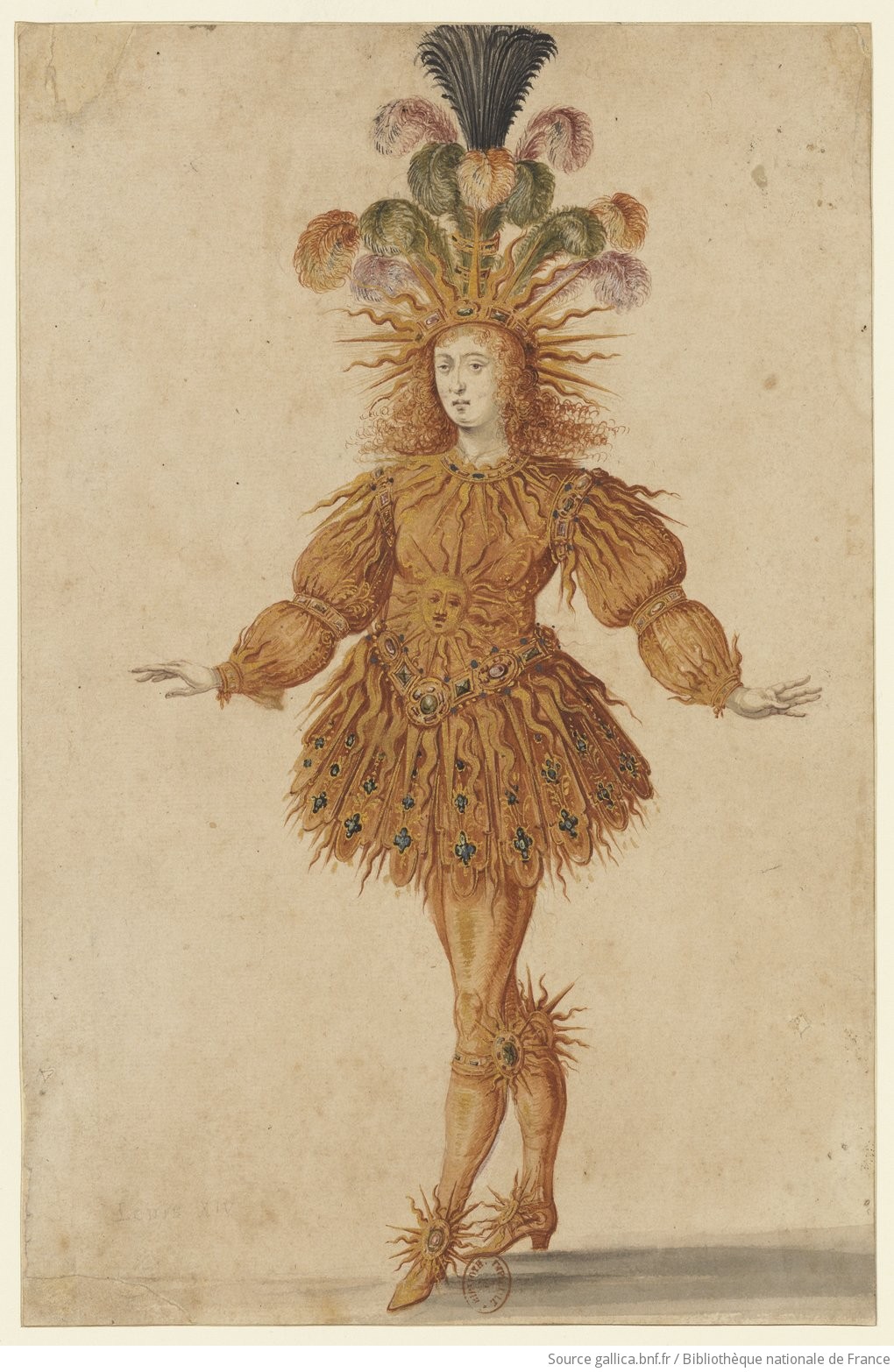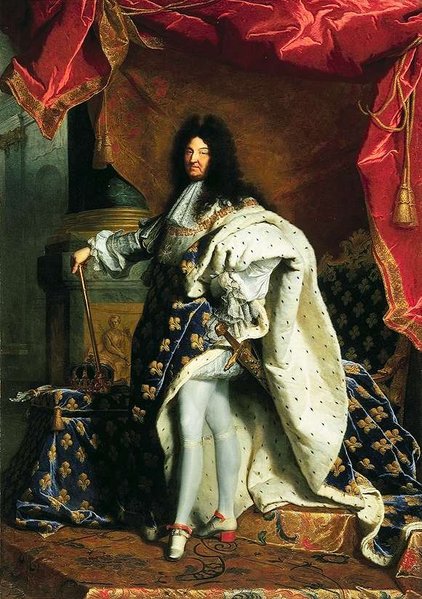I am coming to the end of a two-month stay in Washington DC. The time has passed quickly for me, and it has been productive in terms of my work; three chapters and an introduction to my book finished, two more taking firm shape, a clear sense of how the whole thing will look in the end. But all work and no play makes Grownup Bunhead a dull girl, so I have also been drinking deep at the wells of culture. Museums, performances… even a major league baseball game. And of course, dance, doing and seeing it.
| Dancing on the bar! |
I had the opportunity to see the Royal Ballet perform at the
Kennedy Center early in June. The program was Don Quixote, which has never been my favorite ballet, but it’s one
of the RB’s signatures. This particular production featured Carlos Acosta’s
take on the choreography, and on the whole, it sizzled like no production I’ve
ever seen. Instead of a long, hammy prologue with endless antics by the Don and
Sancho Panza, there was a lovely scene between the Don and the apparition of
Dulcinea, who floated in on a beam of bluish light in her Romantic tutu with a veil
over her head like a Wili. The character dancing was effortless and un-corny, a
reminder of one of the things that makes the Royal one of the world’s great
ballet companies; they really have fantastic specialists in this
under-appreciated area of the art form.
Carlos Acosta, as Basilio, and Marianela Nuñez as Kitri were
joyful and great fun to watch. I sat way, way, up in the third balcony, but
even at that distance, their energy communicated, and the intricate, precise
footwork carried. For the first time in my life, I got through the whole first
act without feeling a bit impatient with the endless “come on, everyone, let’s
dance for no particular reason” pacing of it. The best scene was in the tavern
in Act III, when Basilio and Kitri danced on the tables and on the bar – Kitri and
the Street Dancer did a very sensuous female pas-de-deux that spiced up what
can otherwise feel like a very kitschy “peasants in a tavern” schtick.
 |
| Third balcony, a little right of center. |
I walked out of the grandeur of the Kennedy Center (and into
the grandeur of a truly spectacular evening on the Potomac) with a new
appreciation for the scale of Don Quixote – Minkus’ score opened up hugely in
that huge space, and the scale of the sets, the complexity of the lighting and
scenery effects, and the BIG dancing made sense. Maybe my problem with the
ballet before was that I had seen productions that wanted to make it a smaller,
more intimate thing; but it has no really compelling storyline or psychological
development. Like the picaresque novel from which it draws inspiration, it
wanders from one spectacle to the next, from the curious to the hilarious to
the outrageous to the bizarre, and you just have to go along with it, which
proves easier when the production does justice to the grandiloquence of the
concept.
 |
| Yes, he is holding her up one-handed. |
Oh, and it helps to have some of the best dancers in the
world to dance it.
On the other end of the spectrum of scale, Chamber Dance
Ensemble, a seasonal company directed by Diane Coburn Bruning, resident now in
DC (she started the group in New York). Coburn Bruning is a choreographer with
a strong commitment to the integration of dance and music – in her
pre-performance talk she made very clear that she will have nothing to do with
dancing to recorded music. Her company includes six dancers and four musicians
(a string quartet); thus the “chamber” in its name. They performed in the Lansburgh
Theatre, a 441 seat theater that was for many years the mainstage for the
Shakespeare Theater Company (they now have a larger, more modern theater as
well). This small venue suited the size of the company and the chamber music
well. The quartet was on stage with the dancers and the choreography had
clearly taken this into consideration, since even from my seat, on the left
aisle of the center block of seats, which is to say right in front of the
quartet, I could see almost everything. I could certainly see the sweat fly off
the male dancers when they performed barrel turns!
 |
| That's Diane Coburn Bruning on the left, and a few of her company members, including the violist! |
The level of technical ability on the part of the dancers
and musicians was very high – and the program was very demanding of all of
them, especially the violinists. They were only offstage for the first piece, a
spoken-word performance work by Ann Carlson, called Four Men in Suits (which
pretty much describes the cast). But after that they played an Astor Piazzolla
tango, and then the dancers came on for the first piece, which had a
commissioned score by Chia Patino and choreography by a young up-and-comer
named Darrell Grand Moultrie. The Wild Swans of the title were nothing like
Petipa swans – no feathers, no pulsing allongé arms; men and women both, they
had an angular, birdy quality that had more to do with the actual behaviors and
body forms of these strange, prehistoric creatures than with a romanticized
notion of their serene beauty. Not to say that the choreography ignored the
whole history of balletic swanning around; there were moments when the
archetypical movements surfaced, but only to splash away. The costumes were
very subdued, deep violet for both men and women, and even though swans aren’t
purple, somehow the color, like wild plums or wild flowers, or a summer sunset,
seemed right. The music, too, had this eerie, untamed quality, lots of sighing
slides and airy harmonics.
 |
| Slightly creepy, very cool. |
That music, so shimmery and rustling, flowed right into the
next piece, by Arvo Pärt, with Coburn Bruning’s choreography on the three
women. Dulcinea’s white veil was diaphanous – even from the third balcony I
could see the ballerina’s face vaguely through it. In “Arranged” the women wore
much heavier lace veils, white leotards, and nothing else. They sat on a row of
seven or eight spindly white chairs placed at an angle across the stage, their
bare feet covered by a mound of rose petals. I can’t quite describe what made
this such a fascinating piece to watch – they didn’t actually do a lot of
movement and the movement they did was very small, very controlled, most of the
time. One woman spent probably five minutes holding a modified boat pose (!)
while sifting through rose petals with her fingers as the other two did a
strange, winding pas-de-deux downstage. But like the music, in which the second
violin played the same double-stopped drone the entire time, the restraint of
the movement was what kept me interested – the smallest gestures seemed
significant.
The second half of the program was as varied and challenging
for the performers as the first; a “structured improvisation” for the dancers
was matched with an exercise in which the quartet were given a piece of music
to play which they had not played together before, or seen until they walked
out on stage and were handed the score. Then the two violinists performed a
movement from Prokofiev’s Sonata for Two Violins, and the final piece, also by
Coburn Bruning, was an homage to her teacher, set to Baroque music, and
wonderfully athletic and playful. It reminded me of Balanchine with some of the
strings cut loose, a little bit of Twyla-Tharpish zing thrown in. One leitmotif was what I guess you'd have to call the "en pointe slide" -- a dancer would literally skate on the tips of her shoes, like a kid sliding in her socks on a polished floor. Only on pointe. On pointe!


Big ballet, small ballet – they both have their appeal. I
think, however, that it is the Chamber Dance Project I will continue to reflect
on and draw inspiration from for longer. I will never be a Kitri, nor do I have
any desire even to try to accomplish the level of athleticism of the CDP dancers,
but there is something in the way that the contemporary choreography embraces
the music, the way the dancers, on stage, make eye contact with the musicians,
as well as with the audience, that makes me think this is really the future of
the art form. Which is funny of course, because it is the past of the art form
as well – when Louis XIV danced at court, he did so with his orchestra in the
arena with him, not hidden away in a pit. But there will always be an audience,
too, for the big ballets – when they’re good, their like a four-course meal
with flights of wine for each course, heady and delicious.





